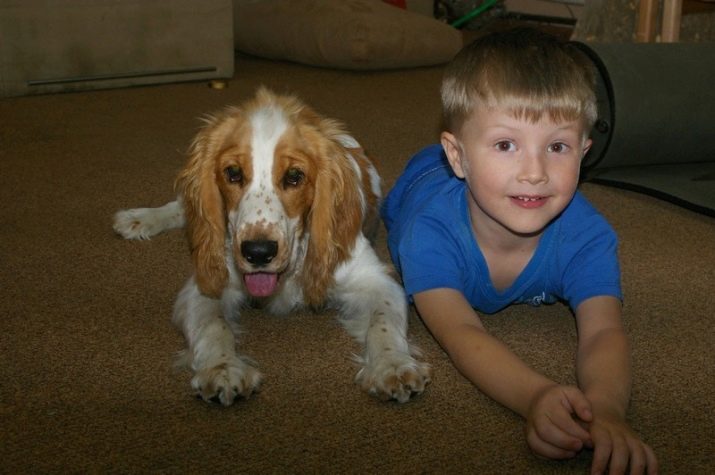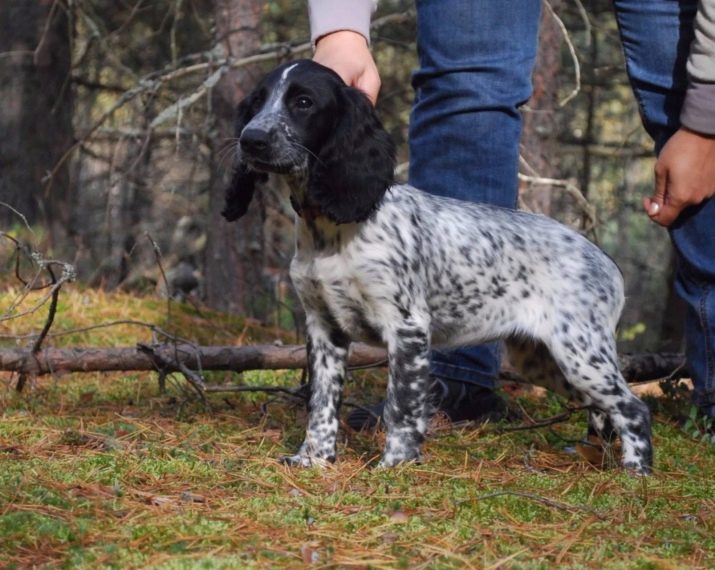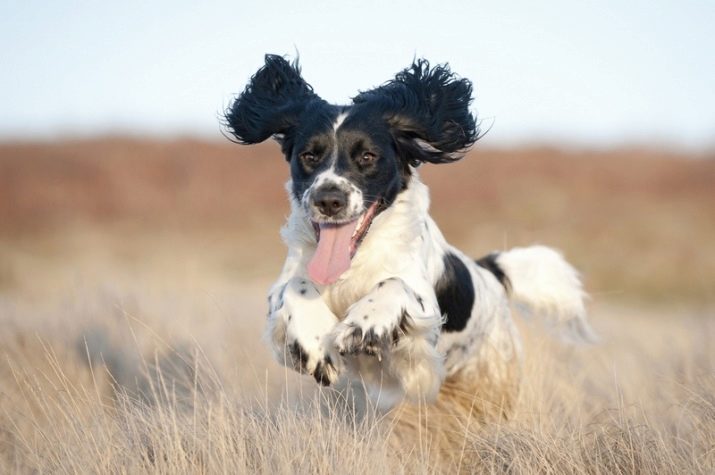How many years do Russian spaniels live and what does it depend on?

The Russian spaniel has a solid skeleton of a small body. A dog of this breed is covered with dense short hair with small tassels on the ears and legs. Spaniels are usually black, brown or white with brown spots.

What is this breed?
The head of a medium sized Russian spaniel has a rectangular muzzle and long, drooping ears. The Russian spaniel has large oval eyes with a kind and wary look.
The Russian spaniel will certainly become a loving and devoted friend for the owner. The dog is very sociable and friendly, easily gets along with people and other pets. She gets along well with children, but will never allow herself to be rude when playing with her. And also the spaniel will be an excellent watchdog that constantly goes around and guards the area around the house.
The adorable Russian spaniel will be friendly with everyone in the house. You can hardly find a more handsome and personable watchman. In general, the Russian spaniel is a trained, alert, athletic and pleasant friend.

What you need to know about spaniels?
The Russian spaniel can live up to 15 years with relatively minor genetically transmitted health problems.
The dog is prone to overeating and obesity, so you should strictly monitor the rate of his daily food.
Also, remember to check and clean your ears regularly. The Russian spaniel, in general, does not require any complicated care for it. From time to time, you need to clean his fur, and in the summer, the dog must be bathed.

Accommodation in an apartment
The Russian Spaniel is considered an ideal pet for hunters or hikers who love to go outdoors. This breed is small enough to adapt to cramped living quarters, but tough enough to be active in the field. Whatever the life situation of the owners, but with this dog you need to walk and play a lot in the fresh air to keep it in shape.

History
The Russian Spaniel is the youngest of the Russian hunting dogs, as it was bred in the early 1950s from a mixture of European Spaniel breeds. This breed was specially bred to be of medium size, strong and adapted to the Russian climate. The Russian spaniel is a great companion for a game hunter. The dog will get the shot birds out of swamps and reservoirs. To this day, people are very fond of this breed, since the Russian spaniel is still the most loyal dog.
Factors affecting the lifespan of dogs
We all know that healthy people are more likely to live longer than people with health problems. So it is with dogs. Your dog's health depends on genetics and lifestyle.
To truly understand how to help our beloved four-legged friend live longer, we need to look at each aspect separately.

Healthy and nutritious food
What you feed your puppy from the moment you pick him up will affect his future health. A lifelong special restricted diet has been shown to increase a dog's lifespan. It can also improve their quality of life by delaying the development of diseases such as osteoarthritis.
Studies have shown that Cancer rates in dogs are on the rise due to being overweight or obese. Obesity increases the incidence of some life-limiting health problems such as heart disease and metabolic syndrome. Thus, there are potential threats that will significantly shorten the life of your overweight pet. That's why A well-chosen diet and a stable diet for your dog is a great way to help your dog live longer.
The best way to determine the lifespan of your puppy is to look at the lifespan of his pedigree.
There are many reasons your dog might live much longer.

Effect of size on life expectancy
Small dogs have been proven to live on average much longer than their larger counterparts. For example, a 2013 study found a clear relationship between dog size and life expectancy. Weight gain is negatively correlated with life expectancy.
Fatal diseases
- Twisting the stomach - fatal disease of the dog. And if a disease is detected, an urgent veterinary intervention will be required. Emergency surgery may be needed to prevent blood from twisting in the stomach tissue.
- Inherited diseases. Most dogs are prone to inherited diseases that can shorten their lifespan. Fortunately, many of these genetic diseases can be tested and even cured today.
From all that has been said, the conclusion follows: Before you buy a puppy of any breed, study its pedigree and familiarize yourself with the problems that its parents had. It is also a good idea to ask your potential breeder to show the pet's passport before you start spending your time, money and love on the dog.

For information on the features of the breed, see the next video.






































